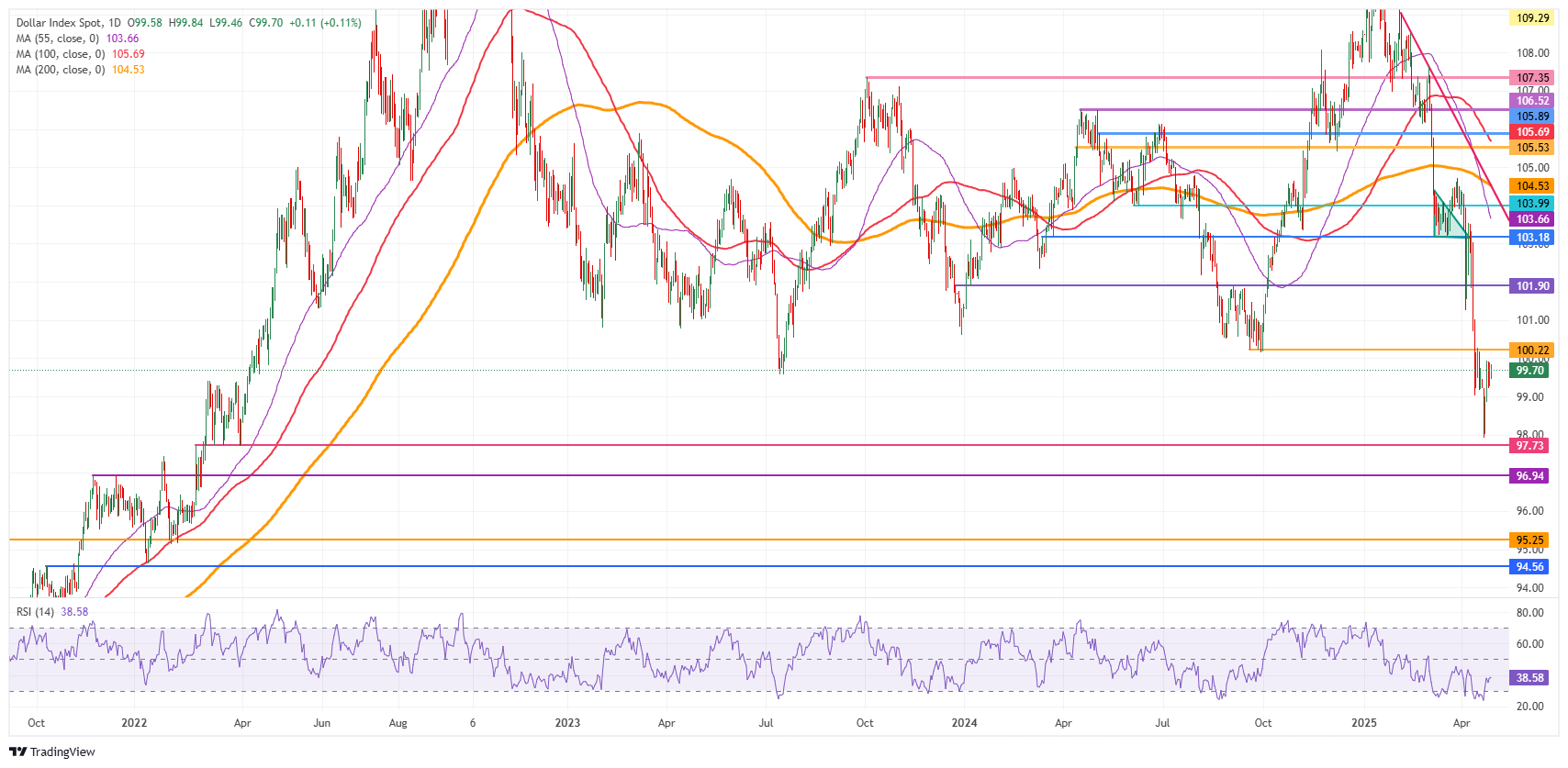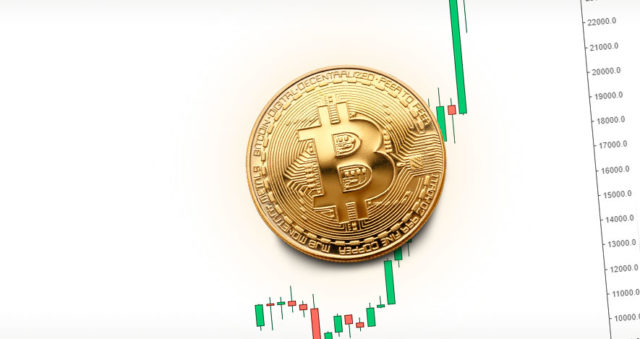- The US dollar does not move widely while operators are patient about a week very loaded with geopolitical events and US data.
- The Trump administration continues to mention conversations with China about commerce, China continues to dismiss US statements.
- The US dollar index remains limited below the round level of 100.00.
The American dollar index (DXY), which tracks the performance of the US dollar (USD) compared to six main currencies, virtually flat lies on Monday just below the 100.00 mark. During the weekend, US Treasury Secretary Scott Besent said that trade agreements with several Asian countries are underway, while US Secretary of Agriculture, Brooke Rollins, added that the Trump administration is having “daily conversations” with China about tariffs.
However, China said Monday that it is not involved in commercial negotiations with the US. The country reiterated that there are no winners in a commercial war of tariffs and that the US should speak on the basis of mutual respect, Bloomberg reported. In a collateral effect, retail and Shein retailers increased prices by up to 300% for US consumers on their websites, according to Reuters.
In the front of the economic calendar, a very loaded week is coming. The data will probably help operators to evaluate whether the Federal Reserve (FED) will deliver an interest rate cut at its next policy meeting on May 7. The main attention this week will be on Wednesday, with the first reading of the Gross Domestic Product (GDP) of the US for the first quarter. Next, on Friday, the US Employment Report for April – which includes the number of non -agricultural payrolls – is the main event to close the week.
What moves the market today: quiet start
- The Trump administration during the weekend has repeatedly commented that it is in conversations with China on a commercial agreement. China said Monday that it is certainly not in any commercial conversation, Bloomberg reports.
- The US economic calendar is light on Monday. At 14:30 GMT, the Dallas Fed manufacturing business index will be published. There is no prognosis available with the previous reading at -16.3.
- There are no scheduled speakers of the Federal Reserve this week, since the period of silence has begun before the meeting of the Federal Open Market Committee (FOMC) and the decision of rates on May 7.
- Shares are listed mixed on Monday. The only atypical case was the Japanese topix, which closed almost 1% up. European actions are mostly positive, while US futures look quite slow.
- The CME Fedwatch tool shows that the possibility of an interest rate cut by the Federal Reserve at the May meeting is 8.9% compared to a 91.1% probability that there are no changes. The June meeting has about 61.9% probability of a rate cut.
- The yields of 10 years from the US are quoted around 4.28%, seeking direction at the quiet start of the week.
Technical analysis of the US dollar index: mapping all possibilities
The US dollar index (DXY) does not go anywhere while the operators keep the dry gunpowder for US data later this week and in the midst of constant concerns about whether the US and China are in trade conversations.
On the positive side, the first resistance of the DXY is found in 100.22, which supported the DXY in September 2024, with a break above the round level of 100.00 as a bullish signal. A firm recovery would be a return to 101.90, which acted as a key level throughout December 2023 and again as a basis for the formation of inverted shoulder-hombre during the summer of 2024.
On the other hand, the support of 97.73 could be quickly tested before any substantial bearish holder. Below, a relatively thin technical support is located at 96.94 before looking at the lowest levels of this new price range. These would be 95.25 and 94.56, which would mean new minimums not seen since 2022.

US dollar index: daily graphics
US dollar FAQS
The US dollar (USD) is the official currency of the United States of America, and the “de facto” currency of a significant number of other countries where it is in circulation along with local tickets. According to data from 2022, it is the most negotiated currency in the world, with more than 88% of all global currency change operations, which is equivalent to an average of 6.6 billion dollars in daily transactions. After World War II, the USD took over the pound sterling as a world reserve currency.
The most important individual factor that influences the value of the US dollar is monetary policy, which is determined by the Federal Reserve (FED). The Fed has two mandates: to achieve price stability (control inflation) and promote full employment. Its main tool to achieve these two objectives is to adjust interest rates. When prices rise too quickly and inflation exceeds the 2% objective set by the Fed, it rises the types, which favors the price of the dollar. When inflation falls below 2% or the unemployment rate is too high, the Fed can lower interest rates, which weighs on the dollar.
In extreme situations, the Federal Reserve can also print more dollars and promulgate quantitative flexibility (QE). The QE is the process by which the Fed substantially increases the flow of credit in a stuck financial system. It is an unconventional policy measure that is used when the credit has been exhausted because banks do not lend each other (for fear of the default of the counterparts). It is the last resort when it is unlikely that a simple decrease in interest rates will achieve the necessary result. It was the weapon chosen by the Fed to combat the contraction of the credit that occurred during the great financial crisis of 2008. It is that the Fed prints more dollars and uses them to buy bonds of the US government, mainly of financial institutions. Which usually leads to a weakening of the US dollar.
The quantitative hardening (QT) is the reverse process for which the Federal Reserve stops buying bonds from financial institutions and does not reinvote the capital of the wallet values that overcome in new purchases. It is usually positive for the US dollar.
Source: Fx Street
I am Joshua Winder, a senior-level journalist and editor at World Stock Market. I specialize in covering news related to the stock market and economic trends. With more than 8 years of experience in this field, I have become an expert in financial reporting.







